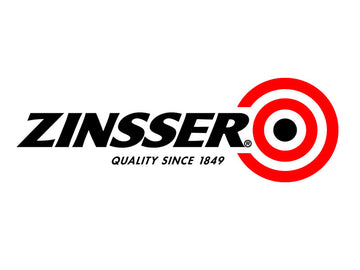Preparation Instructions for Bailey Paints Acrylic Anti-Slip Floor Paint
Surface Inspection
Ensure the surface is structurally sound and free from damage, and dry. Repair any cracks, holes, or imperfections before starting the painting process.
Surface Cleaning
Thoroughly clean the surface to remove any dirt, dust, oil, grease, or other contaminants. This ensures proper adhesion and a uniform finish. For previously painted surfaces, remove any loose or flaking paint with a scraper or abrasive paper. Glossy substrates should be mechanically abraded to create a key for the new paint. For highly absorbent or porous surfaces (e.g., concrete or tarmac), it is recommended to apply a suitable primer before applying the anti-slip floor paint.
Degreasing
For areas exposed to oils or heavy contamination, degrease the surface using an appropriate cleaner and allow it to dry completely. Rinse the surface with clean water if necessary and ensure no cleaning residues are left behind.
Moisture Check
Ensure that all surfaces are completely dry before painting. Moisture or dampness may hinder the adhesion and overall performance of the coating. For best results, use a moisture meter to ensure the surface has a moisture content of less than 18%.
Temperature Conditions
Apply the paint when the surface and air temperature are between 10℃ and 25℃. Avoid application in conditions where humidity exceeds 85%, or if there is a risk of rain or frost before the paint has dried.
Masking and Protection
Mask off adjacent areas that do not require painting, such as trim, fittings, or adjacent surfaces, to ensure clean and precise edges. Use protective sheets or covers to shield nearby objects from paint splashes.
Mixing the Paint
Stir the Acrylic Anti-Slip Floor Paint thoroughly with a stick or paddle before use. Continue stirring at intervals during application to maintain an even distribution of the anti-slip aggregates.
By following these preparation steps, you will ensure a durable and slip-resistant finish, ideal for areas exposed to heavy foot traffic or machinery. For optimal performance, always refer to the product’s technical data sheet and manufacturer’s guidelines.










































